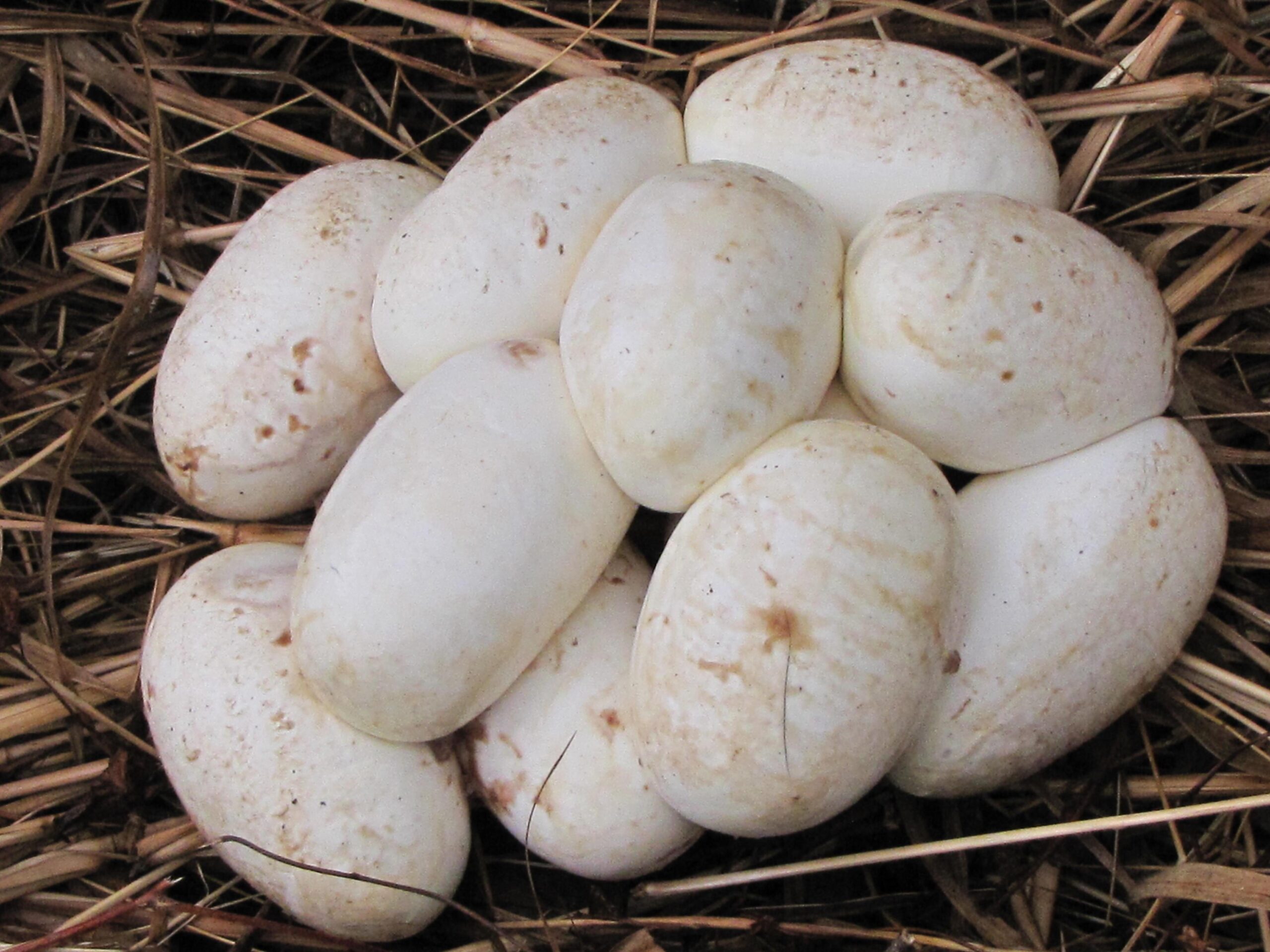How To Identify Snake Eggs Properly
Snakes are fascinating creatures and play a vital role in our ecosystem. They are known for their slithering movements, forked tongues, and unique reproductive habits. One of the most interesting aspects of snake behavior is their method of reproduction. Unlike mammals, snakes lay eggs, and identifying snake eggs can be essential for several reasons, especially for those who live in areas where snakes are prevalent.
In this article, we will discuss how to properly identify snake eggs, why it is important to do so, and what to do if you come across a nest of snake eggs. We will also explore the differences between snake eggs and the eggs of other reptiles, as well as the various types of snake eggs you may encounter.
Understanding the Importance of Identifying Snake Eggs
The Importance of Identifying Snake Eggs
Identifying snake eggs is important for several reasons. Firstly, it can be crucial for homeowners and outdoor enthusiasts to be able to recognize snake eggs to avoid accidentally disturbing a nest or harming the eggs. Understanding what snake eggs look like can also help with the proper removal and relocation of the eggs to a safer location.
Additionally, identifying snake eggs can aid in snake population management and conservation efforts. By knowing where snake eggs are located, researchers and conservationists can study and monitor snake populations in different habitats, helping to protect vulnerable species and their habitats.
Differentiating Snake Eggs from Other Reptile Eggs
Differentiating Snake Eggs from Other Reptile Eggs
Before we dive into the specifics of identifying snake eggs, it’s important to understand the differences between snake eggs and the eggs of other reptiles. While many reptiles lay eggs, including turtles and lizards, the characteristics of their eggs can vary significantly.
Snake eggs are usually oblong or elongated in shape, similar to a small chicken egg, while turtle eggs are round and about the size of a ping pong ball. Additionally, snake eggs are typically soft and leathery, whereas turtle eggs have a hard, calcified shell.
Identifying Snake Eggs in the Wild
Identifying Snake Eggs in the Wild
When trying to identify snake eggs in the wild, there are several key factors to consider. Firstly, take note of the location of the eggs. Snakes typically lay their eggs in protected, warm, and secluded places, such as under rocks, in leaf litter, or in abandoned burrows. If you come across a clutch of eggs in a similar location, there is a good chance they belong to a snake.
Next, examine the color and size of the eggs. Snake eggs can vary in color, ranging from creamy white to pale brown or yellow, depending on the species. They are typically around the size of a large grape or small chicken egg, and they may be attached to each other in a loose, irregular cluster.
It’s also essential to consider the behavior of the adult snake. Some snake species, such as the cottonmouth or water moccasin, are known to guard their nests, so spotting an adult snake nearby may indicate the presence of eggs.
Finally, if you are unsure about the eggs you have found, it’s best to seek the assistance of a professional or local wildlife expert to confirm their identity.
Types of Snake Eggs
Types of Snake Eggs
There are two main types of snake eggs: hard-shelled and soft-shelled. Hard-shelled eggs are laid by snakes in the family Colubridae, while soft-shelled eggs are laid by snakes in the families Viperidae and Elapidae.
Hard-shelled eggs are typically laid by snakes that inhabit terrestrial environments, such as garter snakes and rat snakes, while soft-shelled eggs are laid by snakes that live in more aquatic or arboreal habitats, such as water snakes and green tree pythons.
It’s important to be able to differentiate between these two types of eggs, as the care and incubation requirements can vary significantly between species.
What To Do If You Find Snake Eggs
What To Do If You Find Snake Eggs
If you come across a nest of snake eggs, it’s essential to handle the situation with care and consideration for both the eggs and the parent snake, if present.
First and foremost, avoid disturbing the nest or handling the eggs unnecessarily. Handling snake eggs improperly can damage the delicate embryos inside or cause the eggs to become disoriented, affecting their chances of hatching successfully.
If the nest is located in a place where it poses a threat to humans or the snake itself, consider contacting a local wildlife rehabilitation center or animal control agency for assistance. These professionals can provide guidance on how to safely relocate the eggs to a more suitable location, such as a nearby wildlife habitat or nature reserve.
If you suspect the presence of a venomous snake, such as a rattlesnake or copperhead, near the nest, it’s crucial to exercise extreme caution and consult with a professional for safe removal and relocation.
In closing
Snakes play a vital role in maintaining the balance of ecosystems, and understanding their reproductive habits, including how to identify snake eggs properly, is an essential part of coexisting with these fascinating creatures.
By familiarizing yourself with the characteristics of snake eggs and knowing what to do if you come across a nest, you can help protect both the snakes and their habitats. If in doubt, always seek the guidance of a wildlife expert or conservation professional to ensure the safety and well-being of the snakes and their eggs.

